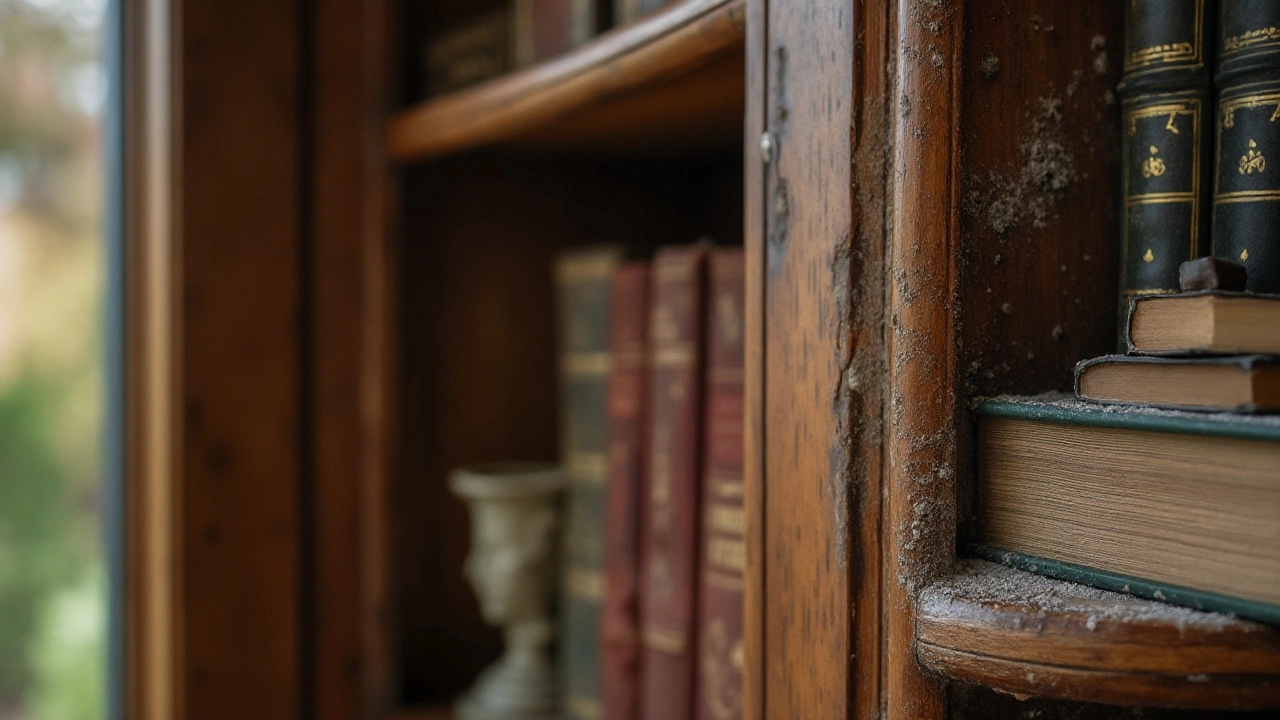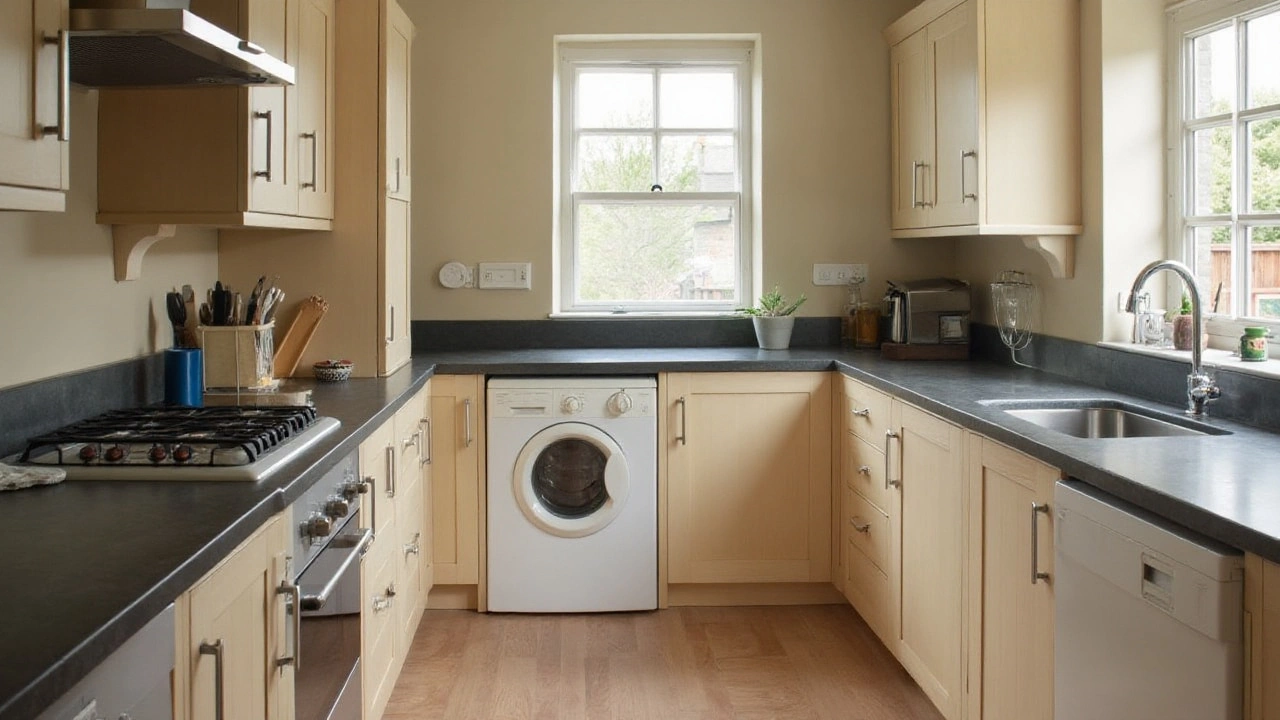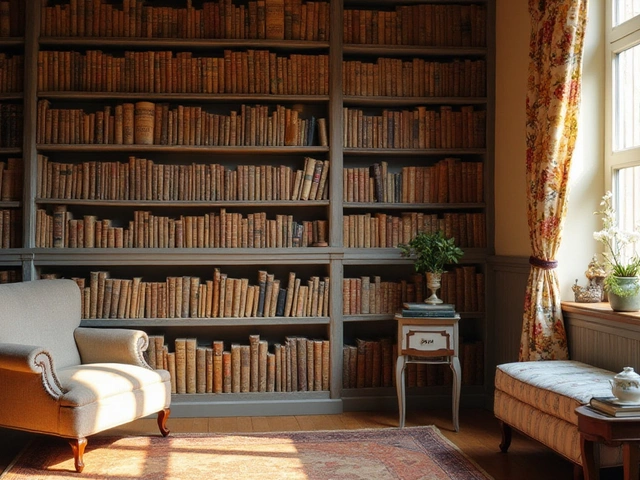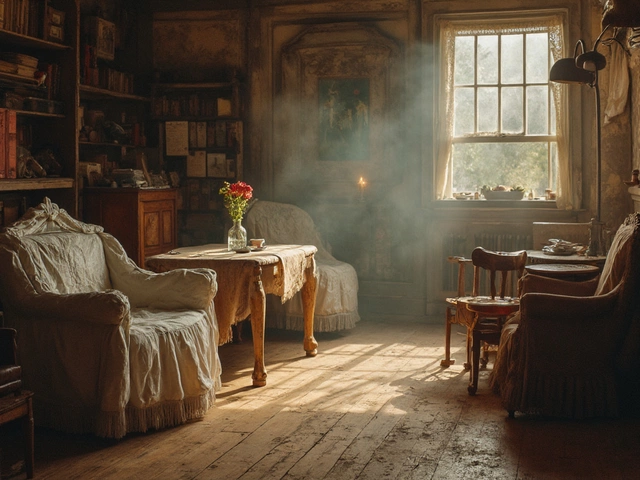Mold is not just a nuisance; it can wreak havoc on your beloved furniture, leading to unpleasant odors and unsightly stains. Protecting your furniture from mold is essential for maintaining its beauty and lifespan, but how can you ensure this unwelcome guest stays away?
By understanding the conditions mold thrives in, such as warm and humid environments, you can take proactive measures to prevent it. This might include controlling indoor humidity levels, opting for furniture materials less prone to mold, and ensuring good air circulation in your living spaces. Plus, regular cleaning with the right products can create a hostile environment for mold spores.
We’ll dive into practical solutions, from choosing the best places to store your furniture to tips on cleaning and maintenance that fend off mold effectively. Equip yourself with the knowledge and tools you need to keep your furniture in pristine condition, free from the clutches of mold.
- Understanding Mold Growth on Furniture
- Environmental Factors and Mold Prevention
- Proper Maintenance and Care Tips
- Effective Cleaning Strategies
Understanding Mold Growth on Furniture
Mold is a fundamental part of the natural world, breaking down decaying matter and recycling nutrients back into the ecosystem. But when it finds its way into our homes and onto our furniture, it’s far from welcome. Mold prevention starts with understanding why and how it grows. Mold spores are everywhere around us, too tiny to see without a microscope, and they only need a few key conditions to thrive: warmth, moisture, and a food source. Unfortunately, many common materials in furniture, like wood, fabric, and even some types of cushioning foam, can provide ideal feeding grounds for these spores if the climate conditions are right.
But what sparks the transition from invisible spore to visible mold? It’s typically prolonged periods of humidity or dampness. Condensation can form on cooler surfaces in damp environments, providing mold the moisture it craves. Furniture placed in basements, storage units, or poorly ventilated rooms is especially vulnerable. As an expert from the Environmental Protection Agency once pointed out, "Keeping humidity levels below 60% is critical to preventing mold growth indoors."
The Science Behind Mold Growth
Once mold spores land upon a surface, they can begin to grow within a day or two if the environment suits them. They produce enzymes to break down organic matter, digesting upholstery or wooden surfaces to survive and proliferate. This growth can be rapid and destructive, creating unsightly patches, unpleasant odors, and in some cases, structural damage to the furniture pieces. It’s worth noting that different mold types prefer varying conditions and materials, making it even more crucial to understand your furniture's composition and placement.Humidity and temperature also intertwine scientifically when it comes to mold habitat preferences. Under normal circumstances, most molds will thrive between 60°F and 80°F (around 15°C to 27°C), which just so happens to overlap with many household temperatures. Combine this with poor ventilation or blocked airflow, and you've got a recipe for a mold prevention challenge. Interestingly, a study conducted by the National Institute of Health found a 25% increase in indoor mold incidence when average humidity levels increased by just 10%.
But how can you actually see mold? While mold is diverse, ranging from white to black, green to orange, it can often be identified through ring-like spots or patches. Some varieties can be fuzzy or slimy to the touch, leaving traces if wiped or scratched. Identifying mold early and acting promptly is crucial since the growth can quickly spread, especially on porous surfaces such as untreated wood or textiles. Understanding the basic science of mold growth not only helps in recognizing mold but forms the foundation of mold prevention strategies for maintaining furniture's integrity and appearance.

Environmental Factors and Mold Prevention
Imagine your home as a living organism, constantly interacting with the world outside. Its walls breathe in the air, absorb moisture, and soak up sunshine, all of which can affect your furniture. One of the key environmental factors that can lead to mold growth is humidity. Mold experts often say that maintaining an indoor humidity level between 30% and 50% is ideal for preventing mold. Anything above this range creates the perfect breeding ground for those pesky mold spores. Investing in a reliable hygrometer, a device that measures humidity, can help you keep tabs on these levels with ease. Paired with a good dehumidifier, it could be your first line of defense in mold prevention.
Temperature, too, plays a vital role. Mold loves warmth, which means keeping consistent temperatures is crucial. It can thrive in spaces that hover around 77°F to 86°F, especially when paired with high humidity. Simple tricks like keeping curtains drawn during the hottest part of the day can help control indoor temperatures. Having proper ventilation also helps in controlling both humidity and temperature. Opening windows, using exhaust fans, particularly in bathrooms and kitchens, allows moisture to escape and fresh air to circulate. Furniture care heavily relies on these preventative steps to ensure longevity and beauty.
"Mold growth can be curbed significantly by adjusting indoor environmental conditions," says a report from the Environmental Protection Agency.
Let's not forget the impact of direct sunlight. While some sunlight can dry damp spaces, overexposure might warm up an area, increasing humidity, especially in closed spaces. It's a fine balance. Instead, opt for using sheer curtains to diffuse direct sunlight, maintaining a cooler environment without sacrificing too much light. Another aspect to weigh in is how your furniture is placed within your home. Ensure there's enough space between the furniture and the walls to allow airflow; pressed up furniture can trap moisture against surfaces. Mold prevention here isn't just about cleaning up; it's about creating an atmosphere where mold can't easily take root.

Proper Maintenance and Care Tips
When it comes to keeping mold off your furniture, taking good care of it is like giving it a protective shield. Furniture, made from different materials, needs a little pampering from time to time. Wooden pieces or items covered with fabric need something extra to maintain their charm and stay free from mold. Start by regularly cleaning them with a mild, pH-balanced cleaner that doesn't leave harmful residues, which could invite mold over for an unwanted stay.
When humidity decides to make things damp and cozy for mold, it's your cue to act. Mold loves a wet world, but you can cut the invitation short by using a dehumidifier. Aim to keep the indoor humidity below 60%, which is not only good for stopping mold but also keeps the air comfortable for you. Checking this can be as simple as using a hygrometer, a handy device to measure indoor moisture levels.
"Regular care and attention prevent mold from thriving. A simple wipe-down can often work wonders." - Emily Ross, Cleaning Expert
Ventilation goes hand in hand with moisture control. Open windows when you can, especially during pleasant, warm days. It helps keep moisture from building up and invites fresh air to mingle with the inside air, chasing away mold spores. If airing out isn't an option, using fans strategically can create a similar effect, ensuring your furniture doesn’t have to deal with stale, damp air conditions.
Now, let’s not forget about additives. Silica gel packets are amazing little helpers. Found in many products, they can work just as well for furniture by absorbing excess moisture. Placing a few packets in stored furniture or near problem areas can be an effective, easy-to-implement strategy. Just be mindful to replace them as needed, as they can fill up with moisture surprisingly quickly.
A Regular Routine
Sticking to a cleaning schedule helps more than you might think. Dusting and vacuuming often is like giving a breath of fresh air to your furnishings, even if they aren’t showing signs of mold. For upholstered pieces, vacuum every side, including underneath cushions, and consider using slipcovers if you anticipate spills or stains. Slipcovers offer an additional layer of protection, especially when living with kids or pets.
Finally, incorporating natural light helps in staving off mold. Mold spores prefer to grow in the dark, so keep your surroundings well-lit during the day. It can be as simple as opening up the curtains and letting the sunlight stream in, making your home less inviting for mold spores. Remember, a well-lit, dry, and clean environment is unfavorable territory for mold, keeping your furniture safe and sound.

Effective Cleaning Strategies
When it comes to preserving the integrity of your furniture and keeping it free from mold, employing robust cleaning strategies is essential. One of the most critical steps in the process is to recognize that mold thrives on dirt, dust, and organic material, which can serve as a food source. Regular cleaning can minimize such opportunities by ensuring surfaces are spotless.
Start with a routine dusting regimen. Use a soft, clean cloth or microfiber duster to gently sweep away particles from your furniture. Pay special attention to the nooks and crannies where dust tends to collect, as these can become breeding grounds for mold. For upholstered items, employ a vacuum with an upholstery attachment to extract dirt and debris from fabric surfaces. This thorough approach prevents accumulation of the dirt that mold spores feed on, keeping your pieces fresh and tidy.
Stubborn mold or mildew on furniture can often be tackled with natural cleaning agents. Prepare a solution using one part white vinegar and one part water to create a gentle yet effective cleaner. Vinegar is known for its antibacterial properties, and this mixture works efficiently without harsh chemicals that might damage finishes or fabrics. Spray lightly on the affected area and let it sit for a few minutes before wiping it off with a clean cloth. Remember, less is more when applying solutions to wooden or fabric surfaces. Here’s a quick tip: use a test patch on a hidden part of the furniture first to ensure compatibility.
Utilizing Baking Soda
Baking soda is another household staple that can assist in combatting mold. It is particularly useful for deodorizing and preventing mold's return. Sprinkle baking soda on fabric surfaces, and let it absorb over several hours, ideally overnight. Vacuum up the residue and enjoy the fresh, odor-free result. Such a simple step can have a profound impact in maintaining a fresh environment for both you and your furniture.
"A clean home is not a perfect home. It’s a harmonious blend of comfort, style, and hygiene." - Unknown Author
The power of humidity control
While cleaning strategies are invaluable, managing humidity levels in your home is an equally crucial aspect that complements your cleaning methods. Mold spores are less likely to thrive in environments where the air is dry and well-circulated. Aim to maintain indoor humidity levels between 30% and 50%. This can be achieved by using dehumidifiers or increasing ventilation, especially in rooms where furniture pieces are clustered. Remember, when mold spores have nothing to latch onto, they’re significantly less likely to become a problem. So, while you're busy dusting, vacuuming, or applying that vinegar solution, never underestimate the power of good airflow.



